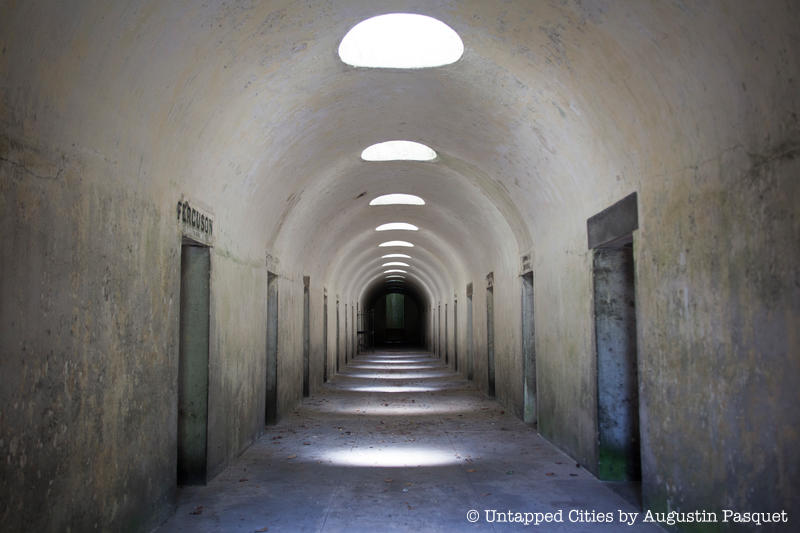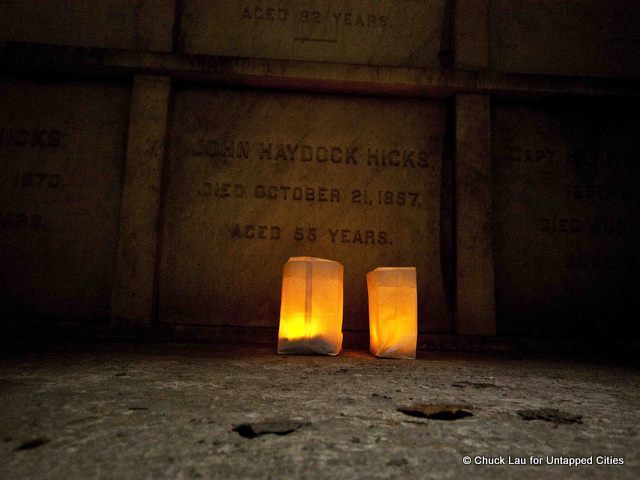
Green-Wood Cemetery was the second most popular tourist site in New York state by 1860, with over 500,000 visitors each year — Niagara Falls was the first. Located in Brooklyn near Prospect Park, the cemetery was founded in 1838 as one of the country’s first rural cemeteries. With over 560,000 “permanent residents,” many of whom are pretty famous, Green-Wood Cemetery has developed a reputation for being one of the most prestigious burial grounds in New York City. Its rolling landscape also helped inspire the creation of public parks in the city, including Central Park and Prospect Park. Without further delay, here are our top 10 secrets of Green-Wood Cemetery, a National Historic Landmark.
10. Green-Wood Cemetery has hidden catacombs

The catacombs of the Green-Wood Cemetery are opened only a few times a year to the public, for guided tours of the mysterious underground and for concerts. Access is gained by using an old-fashioned dungeon-like key, which unlocks the iron gates out front. The staff of Green-Wood cemetery calls the space “30 Vaults,” a reference to the number of vaults inside.
Located underneath a hill stretching about 150 feet, the catacombs date to the early 1850s, built as a series of family vaults in an area that was once excavated for gravel. The most famous person buried in the catacombs part of Green-Wood cemetery is Ward McAllister, the Gilded Age high society tastemaker who coined the term “The 400” to refer to the exclusive set in New York City that could fit in Mrs. Astor’s ballroom. He was not as wealthy as those he advised, so burial in the Green-Wood catacombs was a fitting endeavor for someone of his stature. Richman says McAllister would have been “quite chagrined to know that the catacombs are now locked up and access is very limited.”





